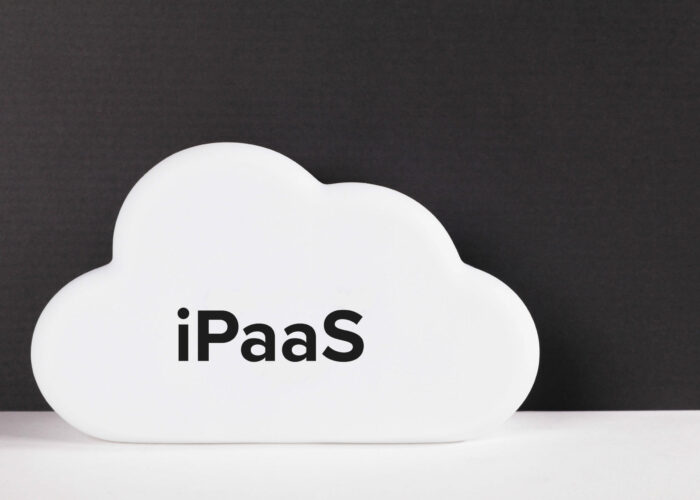What is a middleware?
A middleware is a software that can be found between the operating system and the applications running on that system. It works as a hidden translation layer that allows for the management and transfer of data between distributed applications.
A middleware offers an API to make the programming and handling of those applications easier. There are different types of middleware categories that address different issues. These two big categories are: integration and application. Without a middleware, each application over the operating system needs to be created based on the already-existing system, which is completely inflexible and inefficient.
-SOA: The perfect architecture to adapt to business needs-
List of criteria to choose your middleware
It is important for you to have clear criteria to compare the different types of middleware. In this way, you will generate trust and partiality to know which option is the one that best fits the needs of your company. Based on our experience, we know that the first question that will pop into your head will be whether to choose a proprietary solution or an open-source one. In order to make that decision, we recommend you to apply the following criteria:
- Usability: ask yourself about the degree of complexity of the installation, the supplementary tools that you need and the type of usability of the development environment.
- Maintainability: how is the product managed? Can you monitor the services by means of a graphical user interface?
- Community: Is there content available for the platform? Are there active public forums?
- Company support: Here you need to know whether the support service is provided during business hours, if it has a direct line, e-mail, on-site support, etc.
- Functionality: types of features provided.
- Flexibility: Is it possible to customize the product? Does it meet the company’s specific needs?
- Expansion ability: What types of standards do the interfaces use? Does it have extensions?
- Connectors: Are there available adapters for B2B products such as SAP or Salesforce?
- Costs: Calculate the total cost of owning the product: maintenance, necessary auxiliary products, connectors, licenses, etc.
- Licenses: Type of license and subscription model. Are updates free? Do they have alternatives when requirements change?
With these criteria, you are ready to prepare a good comparative report for your company’s executives and propose the different solutions the market has to offer. Once your research is complete, draw conclusions that estimate the needs your selected platform is addressing. Want to know which middleware is best for your company? Contact for free our experts!


Need help defining and implementing your integration strategy for your company?
Talk to our experts!
contact us about integration





